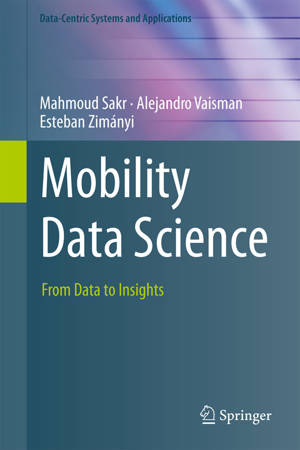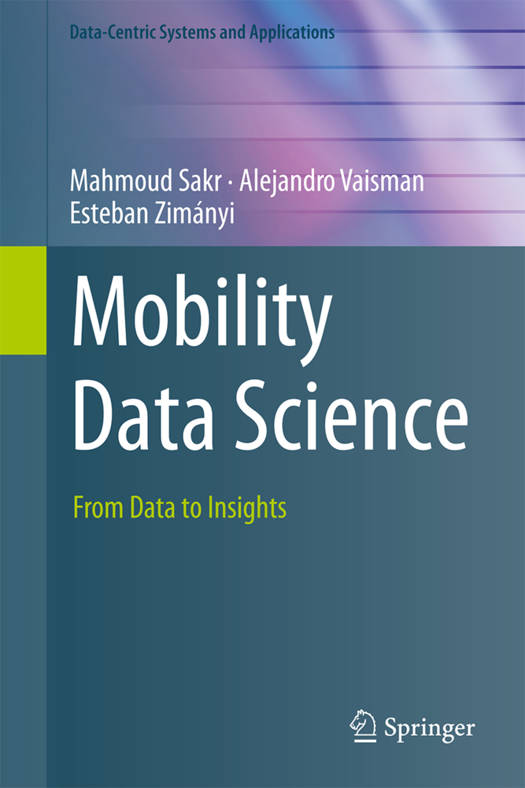
- Afhalen na 1 uur in een winkel met voorraad
- Gratis thuislevering in België vanaf € 30
- Ruim aanbod met 7 miljoen producten
- Afhalen na 1 uur in een winkel met voorraad
- Gratis thuislevering in België vanaf € 30
- Ruim aanbod met 7 miljoen producten
Zoeken
€ 94,95
+ 189 punten
Omschrijving
This textbook covers the key topics in mobility data analysis, including all steps of the data science pipeline illustrated with real-world examples. The book is composed of three parts. Part I "Fundamental Concepts" provides the background for this book by introducing spatial and temporal databases and motivating the need for mobility databases. Further chapters in this part are devoted to a formal model for representing mobility data, an introduction to mobility data visualization, and the topic of querying mobility databases. Part II "Advanced Topics" covers topics such as query processing and indexing, illustrated with PostgreSQL, introduces mobility data warehouses using synthetic data, and concludes with distributed mobility databases. Part III "Mobility Analytics" covers important topics like mobility data cleaning, including the identification of erroneous data, and mobility analysis using foundational algorithms for spatial and mobility data. It also includes an urban mobility use case that illustrates the concepts presented throughout the book in a real application setting. This textbook is written for undergraduate and graduate computer science courses on mobility data science. As such, it follows a pedagogical style to make the work of the instructor easier and to help students to understand the concepts being delivered, complementing the presentation with exercises and a companion GitHub repository. SQL is used as a high-level language for analytics, allowing students to write complex data science code, while abstracting away implementation details. Researchers and practitioners who are interested in an introduction to the area of mobility data science will also find the book a useful reference.
Specificaties
Betrokkenen
- Auteur(s):
- Uitgeverij:
Inhoud
- Aantal bladzijden:
- 592
- Taal:
- Engels
- Reeks:
Eigenschappen
- Productcode (EAN):
- 9783031826351
- Verschijningsdatum:
- 10/04/2025
- Uitvoering:
- Hardcover
- Formaat:
- Genaaid
- Afmetingen:
- 156 mm x 234 mm
- Gewicht:
- 1034 g

Alleen bij Standaard Boekhandel
+ 189 punten op je klantenkaart van Standaard Boekhandel
Beoordelingen
We publiceren alleen reviews die voldoen aan de voorwaarden voor reviews. Bekijk onze voorwaarden voor reviews.











